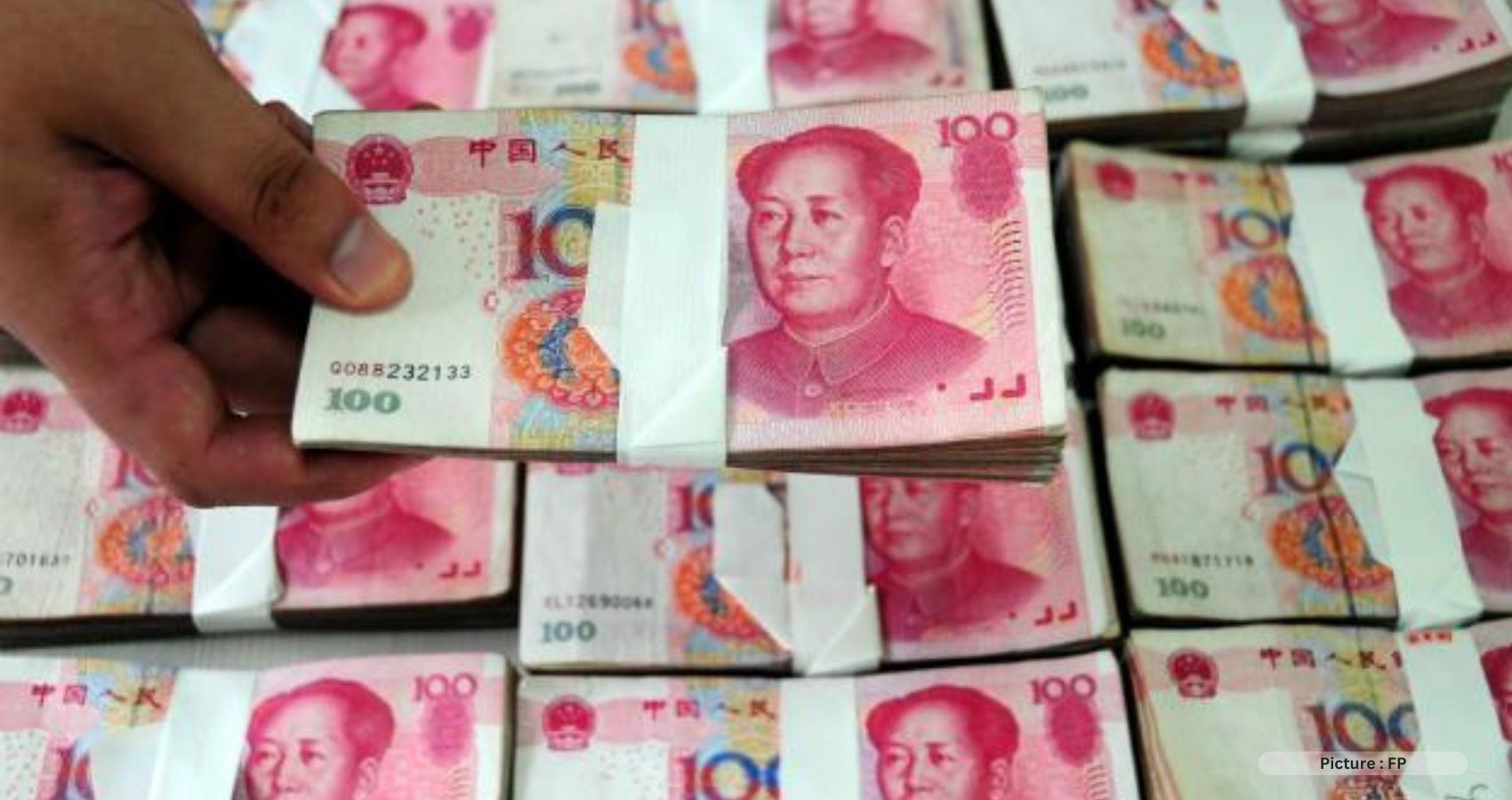Chinese exporters have adopted a sophisticated currency swap strategy to avoid converting their dollar earnings into yuan due to concerns about potential losses in the weakening local currency, as revealed by official data and discussions with industry insiders.
China’s state-owned banks are involved in some of these swap transactions, allowing exporters to convert their dollar earnings into yuan through contractual agreements, indicating a level of comfort from the country’s currency regulator. This practice persists even as authorities attempt to alleviate the mounting pressure on the yuan in the spot markets.
Ding, a Shanghai-based businessman dealing in electronics and toys, is among those exporters who are holding onto their dollar earnings, hesitating to convert them into yuan. The recent depreciation of the yuan, which has hit nine-month lows, has raised concerns among exporters like Ding. He expressed this apprehension, saying, “The key concern is that the price of the dollar keeps going up.”
The yuan has experienced a depreciation of over 5% against the U.S. dollar so far this year, with a 2% drop recorded in just the past month. This decline is exacerbated by foreign capital fleeing from China’s weakening economy.

These swaps enable exporters to deposit their dollars with banks and receive yuan in return, but with a contractual agreement that will eventually reverse the transaction, returning their dollars. However, despite the impact of these swaps on the supply of dollars in the spot yuan markets, analysts believe that Chinese monetary authorities cannot compel exporters to convert their dollars.
In July alone, Chinese companies engaged in a record $31.5 billion worth of dollar-yuan swaps with commercial banks in the onshore forwards market. This year, the total figure stands at $157 billion, according to data from China’s currency regulator.
Initially, Ding had plans to convert his dollar holdings when the yuan weakened beyond 7 yuan per dollar, a threshold the local currency had breached only three times since the 2008 Global Financial Crisis. However, his decision shifted as expectations grew regarding the Federal Reserve’s intent to maintain higher U.S. interest rates for an extended period and the continued weakness of the yuan, which is seeing its yields decline as China adopts a more lenient monetary policy to support its struggling economy.
“The growing monetary policy divergence is the key reason behind the trend,” explained Gary Ng, Senior Economist for Asia Pacific at Natixis. “As it is unlikely to see any fundamental change in the short run, the gravity of yield differentials will drag the yuan and prompt exporters to bet on the dollar.”
The increasing gap between rising U.S. yields and Chinese rates has reversed rates in the currency forwards market. This means that exporters have no incentive to lock in a forward rate to sell their dollars, with the one-year yuan being quoted at 7.02 per dollar, compared to a spot rate of 7.29.
Traders have noted that the State Administration of Foreign Exchange allows sell-buy dollar-yuan swaps as long as companies use their own funds. When exporters swap higher-yielding dollars for the cheaper yuan, even for a short period of three months, they acquire the local currency for business needs and also earn an annualized 3.5% on the swap deal.
Becky Liu, Head of China Macro Strategy at Standard Chartered Bank, elaborated, “By trading FX swaps, exporters can postpone their settlements while meeting their yuan demand.”
An alternative option, albeit less lucrative, is for exporters to deposit their dollars at 2.8% interest and use these deposits as collateral for yuan loans, resulting in net gains of approximately 2%.
Despite Chinese lenders reducing their dollar deposit rates twice this year to discourage hoarding and encourage exporters to convert dollars into yuan, more exporters are turning to swaps. Even China Merchants Bank, which is partially state-owned, promotes the use of swaps. The bank stated, “If companies want to retain their dollar deposits, they can sign up for foreign exchange swap products to increase the returns on dollar deposits.”
Meanwhile, China’s central bank has intensified its efforts to support the yuan by consistently setting stronger-than-expected yuan mid-point benchmarks over several months. It has also urged domestic banks to reduce their overseas investments.
In contrast, exporters’ swaps provide state banks with a reservoir of dollars to utilize in their yuan operations. This includes engaging in swaps to acquire dollars from the onshore forwards market and selling them in the spot market to curb rapid declines in the yuan’s value.











